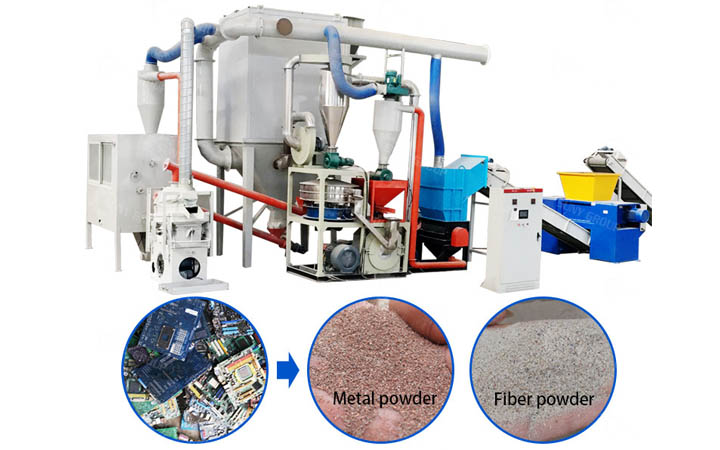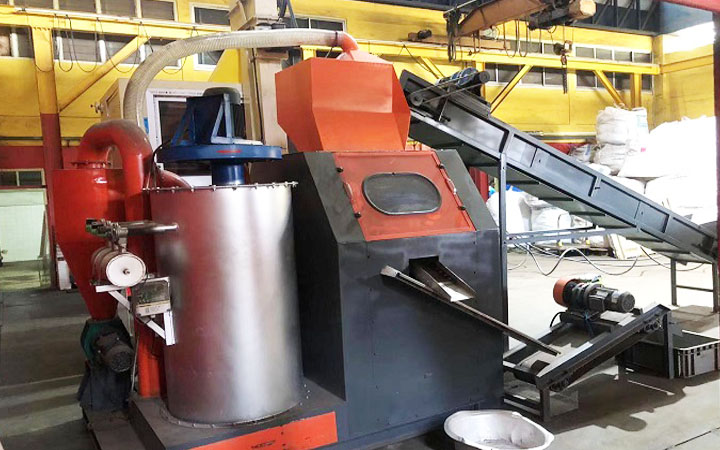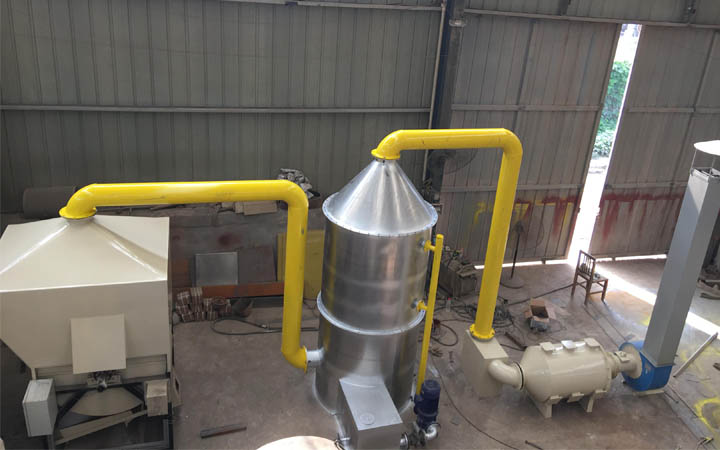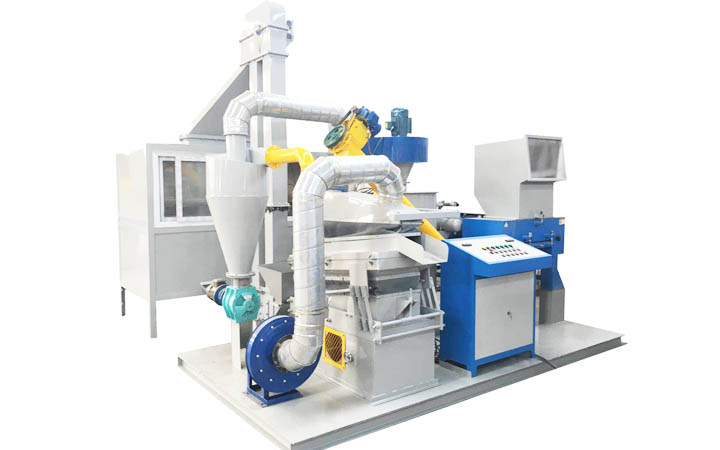The use of aluminum cans is very common in daily life and has become an important component of waste recycling materials. Based on the current recycling situation of aluminum cans, the recycling rate of aluminum cans in China is estimated to be around 82%, making it the country with the highest recycling rate of aluminum cans in the world. At least 160000 tons of aluminum cans are recycled every year, and the recycled aluminum cans are downgraded for use.

The application of recycling cans
The recycling and reuse of aluminum cans can not only save bauxite, but also save 92% of the energy consumed in aluminum smelting, making a huge contribution to protecting and beautifying the earth's environment. 1/4 of the recycling amount is used as raw material for manufacturing cans, while the rest is used as raw material for castings and die-casting parts, for producing automotive parts, motor parts, etc., and a portion is used as deoxidizer for steelmaking. Making recycled aluminum ingots from aluminum cans and then making aluminum cans from recycled aluminum ingots can be reused multiple times. No matter how many times the can is recycled, its quality will not decrease.
The recycling of aluminum cans involves the production of alloy aluminum ingots and the remelting of equivalent aluminum ingots. These aluminum ingots can be used in industries such as ferroalloys and steelmaking, and it seems that this model is more suitable for your current situation. Under strict operating conditions (whether using a reflector furnace or a crucible furnace), the highest direct yield of aluminum produced by remelting method can only reach about 83%, including secondary aluminum refined and recovered from aluminum slag.
The recycling process of waste cans
The collected waste aluminum cans are first subjected to simple flattening and compression treatment, while being sorted and washed. The flattened and compressed cans are then shredded and crushed using metal shredders and can crushers, and the materials are accurately sorted and removed by sorting machines to obtain clean waste aluminum particles. Then, they are concentrated and "melted", and at high temperatures, they become aluminum liquid, which is then transformed into large aluminum ingots. Ultimately, the aluminum can will be melted down to produce recycled aluminum ingots.
 English
English






